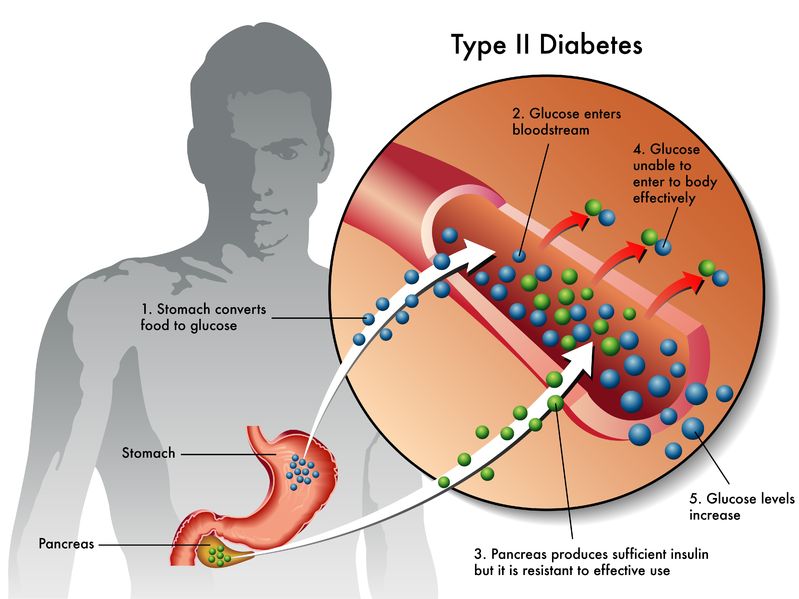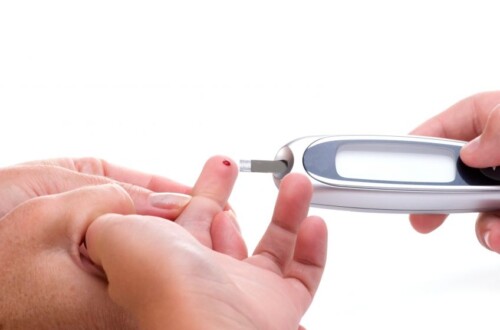What are normal blood sugar ranges for non-diabetic people?
The term “normal” blood sugars applies to a set of standards recommended by the American Diabetes Association (ADA). From time to time these standards have been adjusted to more adequately diagnose diabetes and pre-diabetes.
The most recent changes in ADA standards lowered the thresholds for diagnosing diabetes and for diagnosing pre-diabetes.
The revised ADA standards mean that more people now fall into the category of having pre-diabetes. This allows for earlier detection of people at risk for developing type 2 diabetes.
What are the blood sugar ranges for diagnosing pre-diabetes?
Blood sugar levels higher than normal, but lower than diabetic ranges,classify a person as having impaired fasting glucose (IFG) or impaired glucose tolerance (IGT), both of which are used to diagnose pre-diabetes.
To check for pre-diabetes, and see how a person reacts to a glucose load, an oral glucose tolerance test (OGTT) may be given to check blood sugar levels 2 hours after being given 75 grams of glucose to drink.
The following general guidelines are for normal blood sugar ranges in non-diabetics are from the American Diabetes Association.
These guidelines are not intended for “target blood sugar” ranges for people with diabetes. Young children, people newly diagnosed with diabetes, or who are beginning insulin pump therapy will have different target ranges set by their doctor.
Fasting Blood Sugar Ranges
(per the American Diabetes Association Guidelines)
|
Fasting Glucose Ranges |
Indication |
| From 70 to 99 mg/dL, or 3.9 to 5.5. mmol/L | Normal glucose tolerance, not diabetic |
| From 100 to 125 mg/dL, or 5.6 to 6.9 mmol/L | Impaired fasting glucose (IGF), or Pre-diabetes |
| 126 mg/dL or higher, or 7.0 or higher | Diabetes |
Note: Morning fasting glucose for pregnant women
should be 95 mg/dL (5.3 mmol/L) or lower.
———————————
Oral Glucose Tolerance Test Ranges
(except during pregnancy)
(per American Diabetes Association Guidelines)
| 2 Hours after drinking 75 grams of glucose | Indication |
| Less than 140, or 7.8 mmol/L | Normal glucose tolerance, not diabetic |
| From 140 to 200 mg/dL, or 7.8 to 11.1 mmol/L | Impaired glucose tolerance (IGT), or Pre-diabetes |
| Over 200 mg/dL, or 11.1 or higher on more than one occasion | Type 2 Diabetes (an OGTT would never be given to a person suspected of having type 1 diabetes) |
Both IFG and impaired glucose tolerance (IGT) indicate pre-diabetes and are associated with an increase risk of developing type 2 diabetes. Lifestyle changes including weight loss and an exercise program, as well as possible oral medications are sometimes indicated.
There is no cure for type 2 (or type 1) diabetes, but pre-diabetes can often be completely reversed with proper medical intervention and changes in lifestyle.






